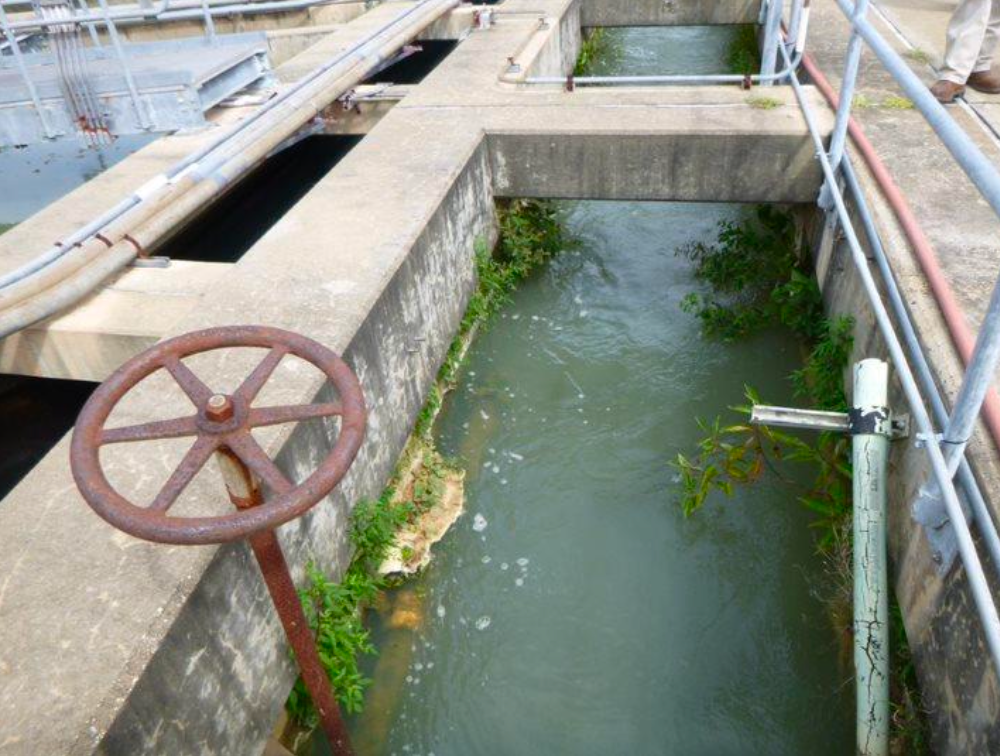
Final water report released; city estimates the crisis will cost $5 million
HNTB and the city released a 94-page report on Thursday detailing the events of Jan. 6, when a power outage started a chain of events that led to Richmond’s water plant being knocked offline.
“The event was caused by an equipment failure, and the effects of this equipment failure were compounded by lack of planning, lack of standard and emergency procedures, and poor communication,” the consultant found.
In a companion document, city officials answered questions posed by City Council members in the immediate aftermath of the event, estimating the total recovery cost at $5 million.
That number includes about $191,000 to rent pumps and other equipment that assisted in restoring water service as quickly as possible after the crisis.
The report offers a number of suggestions to enhance communication and employee training, as well as build redundancy within the water system.
“We are committed to taking the necessary steps to ensure that something like this doesn’t happen again,” Mayor Danny Avula wrote in a statement accompanying the release. “I’m grateful that the recommendations provided in this final assessment will put us on the right path.”
Timeline of immediate aftermath
The report, similar to the draft reports issued before the final version, laid out a timeline of events starting with the loss of power and ending with the SCADA, the computer system that controls the plant’s mechanical activity, crashing due to flooding.
HNTB found the flooding triggered by the initial power outage occurred rapidly, with water in some places reaching a depth of 2 to 3 feet in less than 12 minutes. The consultant determined that made it all but impossible for workers to manually close the valves that control the flow of water, which are in the lowest level of the plant.
“Manual operation of the valves quickly is impractical because of how they are accessed, the number of valves (22), the amount of time it takes to operate a valve by hand, and the potential safety risks for an operator to be in the lowest level once flooding starts,” HNTB wrote.
The report also noted that pumps designed to remove water from the flooded basement put the water back out near the intake point, which allowed it to flow right back into the basement.
The role of backup power
One question that has been asked since the outage is why backup generators weren’t turned on.






